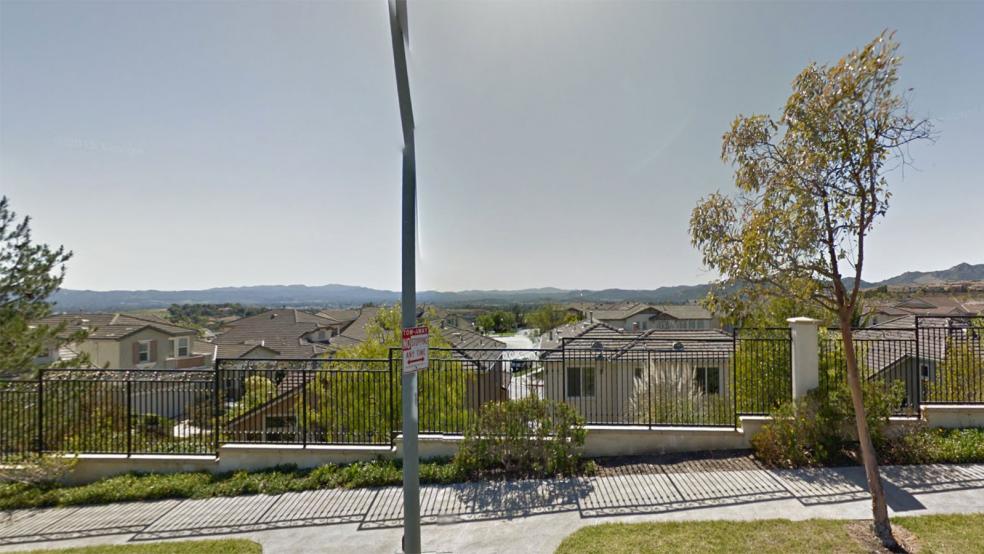The massive and ongoing methane gas leak 25 miles northwest of Los Angeles may have been avoidable. As public outrage grows over one of the worst environmental catastrophes since the BP oil spill, the southern California gas company responsible for the breach acknowledged over the weekend that it decided nearly 40 years ago against replacing an underground safety valve that could have cut off the gas leak when the storage tank first erupted in late October.
Executives of Southern California Gas apparently concluded it was too hard to find replacement parts for the valve and that the underground storage tank wasn’t close enough to homes to warrant the time and expense. Instead, they gambled that the cutoff valve would never be needed. Now they are struggling to contain runaway greenhouse gas emissions that could cost them hundreds of millions of dollars in damages and greatly contribute to climate change.
Related: Why the Gas Leak in California No One Is Talking About Is Such a Disaster
The crisis began Oct. 23 in the suburban community of Porter Ranch with the rupture of an underground containment system more than 8,000 feet below the surface that can hold as much as 86 billion cubic feet of methane-laden natural gas. The leak forced the evacuation of 1,700 homes in nearby neighborhoods, the shuttering of two schools and widespread incidents of residents being sickened by the putrid smell of the escaping gas.
Lawyers representing some of the families in a class action suit charged that the Southern California Gas Company, which manages the storage tank, failed to replace a leaky and defective safety valve in 1979, and instead simply removed it. While a new safety valve may not have prevented the leak from occurring, attorney Brian Panish told The Los Angeles Times that it would have enabled a work crew to have stopped the continued release of the noxious gas.
"Had we had [the safety valve], this whole problem would have been prevented," Panish said. "There would have been a small runoff of some gas and it would have been over. All these people wouldn't have had to leave and they wouldn't be sick. It's critical to the whole case."
A spokesperson for SoCal Gas, Melissa Bailey, confirmed to the newspaper that the ruptured well did not have a “deep subsurface valve,” but she insisted it was not required by state law. "Until the facts are determined and this assessment is completed, it is premature to comment further on the well or the cause of the incident," Bailey said, citing the pending class-action law suit. "In the interim, SoCal Gas will continue to focus its efforts on stopping the leak as soon as possible."
Related: Obama’s Climate Summit Missed a Big Chance to Reduce Global Warming
The allegations by residents and their lawyers of gross corporate neglect or corner-cutting by SoCal Gas is the latest wrinkle in an unfolding drama over what many officials, scientists and environmentalists are calling a staggering environmental catastrophe that could seriously undercut efforts to reduce global warming.
As The Fiscal Times reported Sunday, scientists and environmental experts say the Aliso Canyon leak became the biggest single source of methane emissions in all of California practically overnight when it began. Methane gas constitutes a potent form of greenhouse gas emissions. Environmentalists say that the impact of the gases released since then, when projected out over 20 years, is equal to the emissions from six coal-fired power plants or 7 million cars, according to a recent analysis by The Washington Post.
Southern California utility officials have said there is no way to contain the rupture for at least another few months. Meanwhile, the gas has been escaping into the air at a rate of nearly 1,300 metric tons per day. The underground tanks hold billions of cubic feet of natural gas that is stored under high pressure to supply the utility company’s 20 million customers.
Related: Where The Top Six GOP Presidential Candidates Come Down on Climate Change
As of last week, the California leak has spewed over 73,000 metric tons of methane gas into the atmosphere, according to the Environmental Defense Fund.
The controversy over the safety of the natural gas storage facility dates back nearly 40 years, when Southern California Gas told state regulators that it had replaced the safety valve on the well, according to attorneys for the residents.
However, in a Dec. 15 interview with the LA Weekly, Southern California Gas executive Rodger Schwecke, who is helping to coordinate the response to the leak, confirmed that the company removed – but didn’t replace – the safety valve in 1979. Schwecke told the publication that it was difficult to find a new part to replace the valve and that the well itself wasn’t deemed “critical” under state law – meaning it wasn’t located within 100 feet of a road or a park or within 300 feet of a home. Instead, it was located about a mile away from the nearest homes.
Related: California’s Latest Nightmare: San Joaquin Valley Is Sinking
“The result of SoCalGas’s indifference to public safety is the massive gas well failure that forced thousands of Porter Ranch residents from their homes,” Patricia Oliver, another lawyer involved in the class-action suit, said in a statement issued yesterday.





